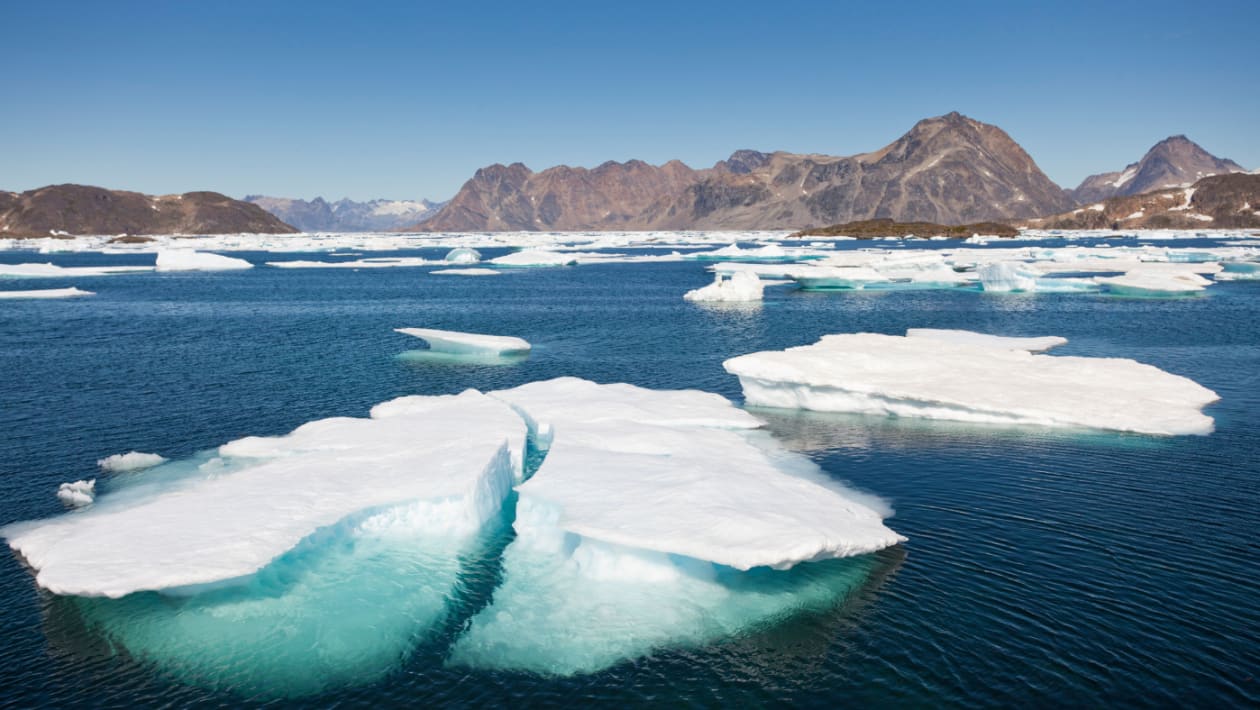
For the first time researchers have identified the presence of tiny polluting plastic particles at both of the world’s polar regions.
Microplastics have previously been found in Arctic ice samples, but “it turns out there’s an even smaller and more toxic form of plastic pollution infiltrating remote reaches of the globe”, said Eco Watch.
Nanoplastics have often “escaped attention” from research into polar plastic pollution, said a team from Utrecht University in their paper, published in the Environmental Research journal. Nanoparticles are invisible to the naked eye, and can’t be detected through standard scientific sampling and measuring processes.
Instead studies have generally focused on microplastics, which measure between one micrometre and five millimetres and are known to cause a number of environmental problems and disrupt marine ecosystems. Nanoparticles, which are often the byproduct of microplastics breaking down in natural environments, measure less than one micrometre in size.
The research team analysed samples from the Earth’s most remote regions, the Greenland ice core and the Antarctica sea ice core. They identified six types of plastic nanoparticles present in the first, including dust from tyre wear, and three in the second. The volume of particles found indicates “that the tiny particles are now pervasive around the world”, said The Guardian.
Polyethylene was the most common particle found in the samples, accounting for more than half the total particles analysed. It is one of the most commonly used plastic materials in the world, and is used to manufacture household items including bin bags, plastic films and bottles.
“Nanoplastics is really a bigger pollution problem than we thought,” said Dusan Materic, who led the project. The data also suggests that this “is not a new problem”. The Greenland core contained nanoplastics that indicated this type of pollution had been “happening all the way from the 1960s. So organisms in that region, and likely all over the world, have been exposed to it for quite some time now,” he exaplined.
It is generally understood that nanoparticles are easily carried long distances by the wind due to their light weight. The researchers concluded that the nanoplastics likely reached the North and South Pole regions through a “combination of complex processes including both atmospheric and marine transport, (re)emission, deposition and ice incorporation”. They concluded that the particles likely reached Greenland through the air, and Antarctica through ocean currents.
“Plastics are part of the cocktail of chemical pollution that pervades the planet,” said The Guardian. A study published by scientists at the Stockholm Resilience Centre last week said that the level of synthetic chemicals in the Earth’s ecosystems has now exceeded the planetary boundary for environmental pollutants.
And nanoparticles could come with serious health risks too. Pollution expert Dr Fay Couceiro told The Guardian: “Aside from the environmental damage caused by plastics, there is growing concern about what inhaling and ingesting microplastics is doing to our bodies.”
Though research into the specific risks of nanoparticles is ongoing, they are known to be toxic to both marine organisms and humans. “Nanoplastics are very toxicologically active compared to, for instance, microplastics, and that’s why this is very important,” said Materic.
